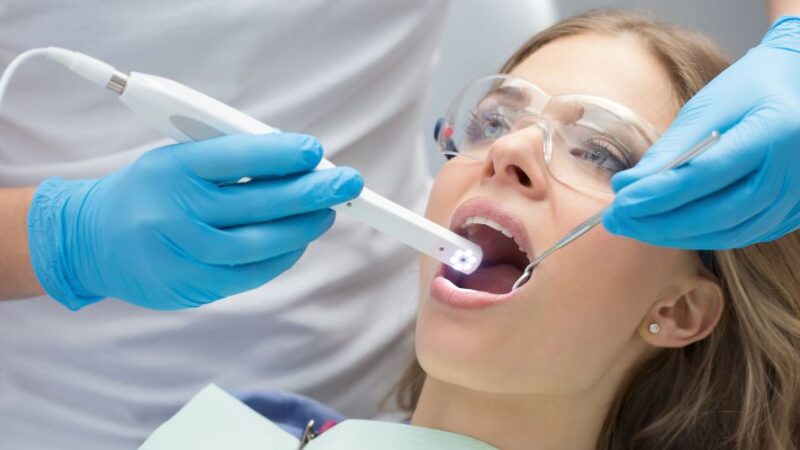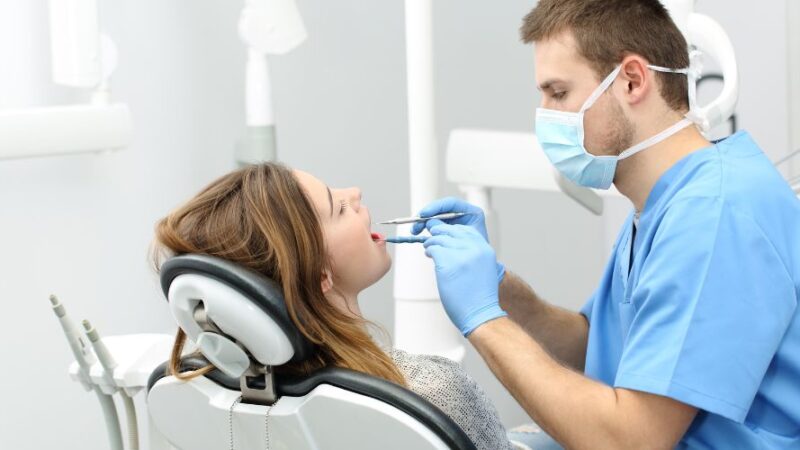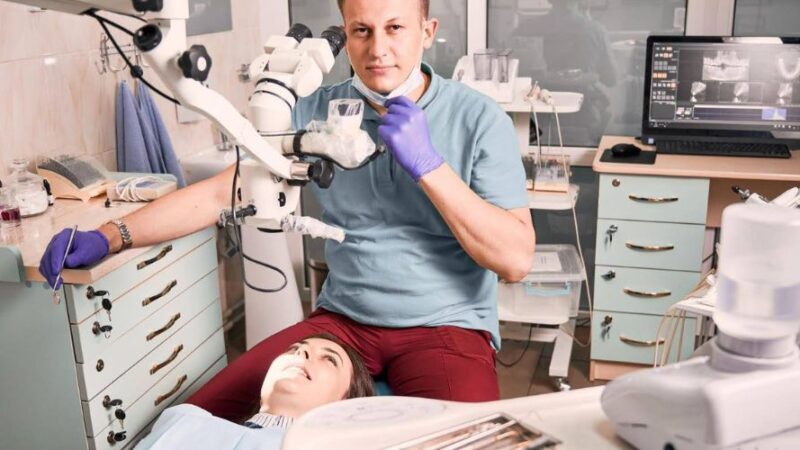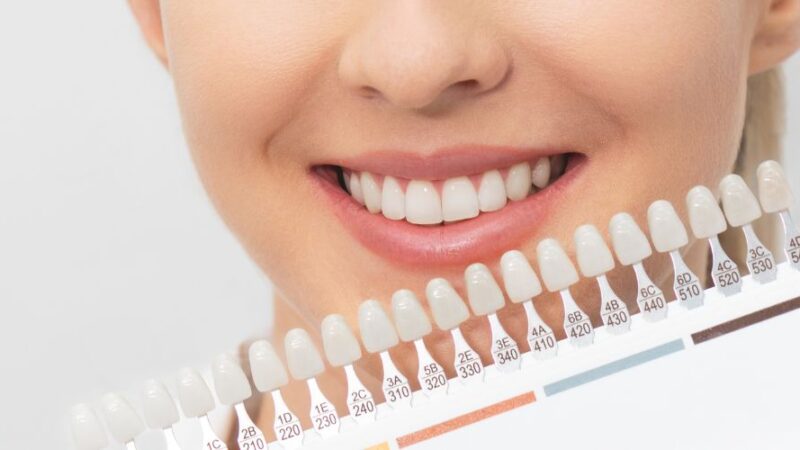How Often Should You Replace Your Toothbrush?
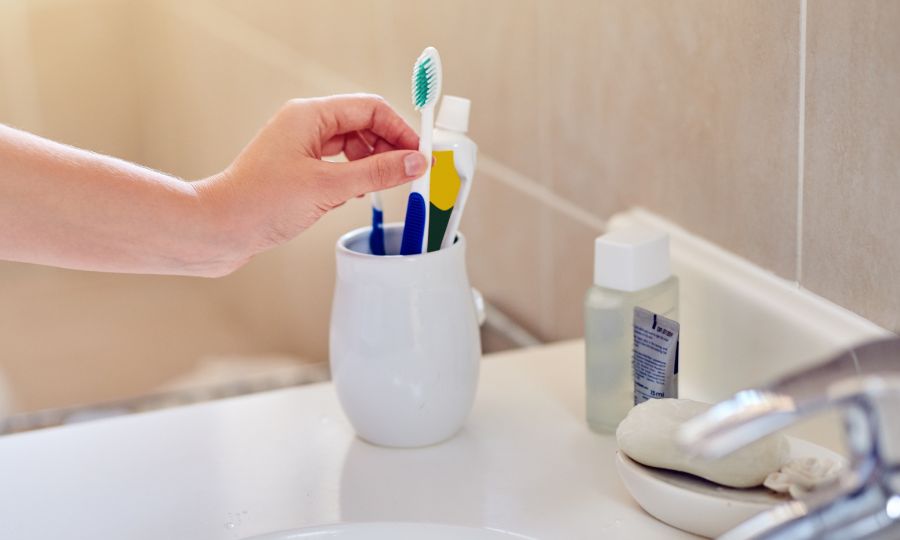
We all know brushing our teeth is essential for good oral hygiene-but when was the last time you changed your toothbrush? Most of us remember to buy toothpaste regularly but overlook the tool that actually does the scrubbing.
A toothbrush might look fine even after months of use, but looks can be deceiving. Over time, its effectiveness decreases, and it can even become harmful to your teeth and gums.
Let’s take a deep dive into how often you should replace your toothbrush, why it matters, and the surprising facts you need to know.
The General Rule: Every 3 to 4 Months
The American Dental Association (ADA) recommends replacing your toothbrush every 3 to 4 months. This is true whether you’re using a manual toothbrush or an electric toothbrush head.
The reason is simple: the bristles wear out, lose shape, and become less effective at removing plaque and food particles. When bristles bend outward, they no longer reach between teeth or along the gumline properly.
👉 Did you know? Research shows that an old toothbrush removes up to 60% less plaque than a new one.
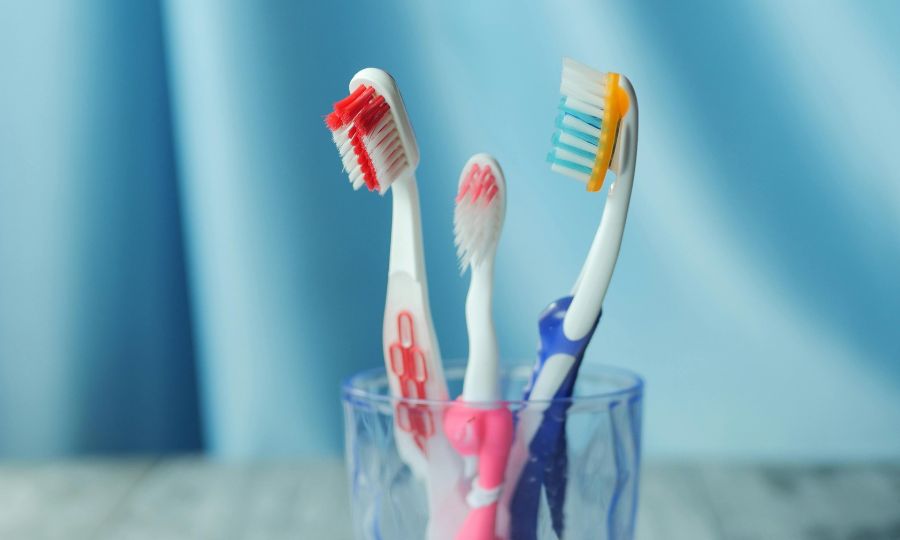
Situations That Call for an Earlier Replacement
Sometimes, waiting three months isn’t enough. Here are scenarios where you should swap your toothbrush sooner:
1. After Being Sick
If you’ve had the flu, strep throat, or COVID-19, your toothbrush can hold onto those germs. Continuing to use it increases your risk of reinfection.
💡 Fact: Viruses and bacteria can survive on a toothbrush for days or even weeks, especially in humid bathrooms.
2. Frayed or Splayed Bristles
Once bristles start bending outward, they stop cleaning effectively. In fact, frayed bristles can even damage gums by scratching them.
3. Bad Odor or Discoloration
If your toothbrush smells unpleasant or the bristles look stained, it’s a clear sign of bacterial buildup.
4. After Sharing by Accident
Sharing toothbrushes spreads germs and bacteria. If this happens, it’s safer to replace the brush entirely.
👉 Did you know? A single toothbrush can carry over 100 million bacteria, including E. coli and staphylococcus.
What Causes Yellow Stains on Teeth?
Manual vs. Electric Toothbrush Heads
- Manual Toothbrushes → Replace every 3 to 4 months.
- Electric Toothbrush Heads → Because they’re smaller and often used with more pressure, they wear out faster. Replace every 2 to 3 months.
💡 Tip: Many electric toothbrush heads have color-fading bristles that signal when it’s time for a replacement.
Why Do I Have a Hole in My Gum
How to Care for Your Toothbrush (So It Lasts Its Full Lifespan)
While you can’t avoid replacing it, proper care helps keep your toothbrush safe and effective:
- Rinse Thoroughly: Wash bristles under running water after every use to remove toothpaste and debris.
- Air Dry Upright: Store it upright so it dries quickly. Avoid closed containers-they trap moisture, allowing bacteria to grow.
- Separate Brushes: If multiple brushes are stored together, make sure they don’t touch to prevent cross-contamination.
- Keep Away from the Toilet: Store it at least 6 feet away from the toilet to avoid airborne particles.
👉 Did you know? Flushing with the lid open can release a spray of tiny droplets-called toilet plume-that travel up to 6 feet and land on surfaces, including your toothbrush.
Effective Home Remedies for Cleaning Dentures
Why Replacing Your Toothbrush Matters
Some people stretch out their toothbrush’s life far too long, but here’s why that’s risky:
- Plaque Buildup: Worn bristles can’t remove plaque effectively, leading to tartar and cavities.
- Bad Breath: Old brushes harbor bacteria that cause halitosis.
- Gum Disease: Ineffective brushing allows bacteria to thrive, causing gingivitis and periodontitis.
- Weakened Enamel: Poor cleaning lets acids stay on teeth longer, eroding enamel.
- Systemic Health Risks: Gum disease has been linked to heart disease, diabetes, and even Alzheimer’s disease.
💡 Fact: According to studies, people who neglect oral hygiene are 2–3 times more likely to develop cardiovascular problems.
FAQs
Can I disinfect my toothbrush to make it last longer?
Yes, you can soak it briefly in mouthwash or rinse it with hot water, but this doesn’t replace the need for regular replacement.
Can I put my toothbrush in the dishwasher?
Some people do, but high heat may damage bristles. It’s safer to rinse thoroughly and let it air dry.
What if I use a toothbrush cover?
Covers can trap moisture, creating a breeding ground for bacteria. Only use vented covers that allow airflow.
Final Thoughts
Replacing your toothbrush might seem like a small detail, but it makes a huge difference for your oral and overall health. The golden rule: every 3 to 4 months, or sooner if bristles are frayed, you’ve been sick, or it looks dirty.
A fresh toothbrush = fresher breath, healthier gums, and stronger teeth. 🪥✨
So next time you brush, take a second to check those bristles. Your smile deserves the best care-starting with a clean, effective toothbrush.

